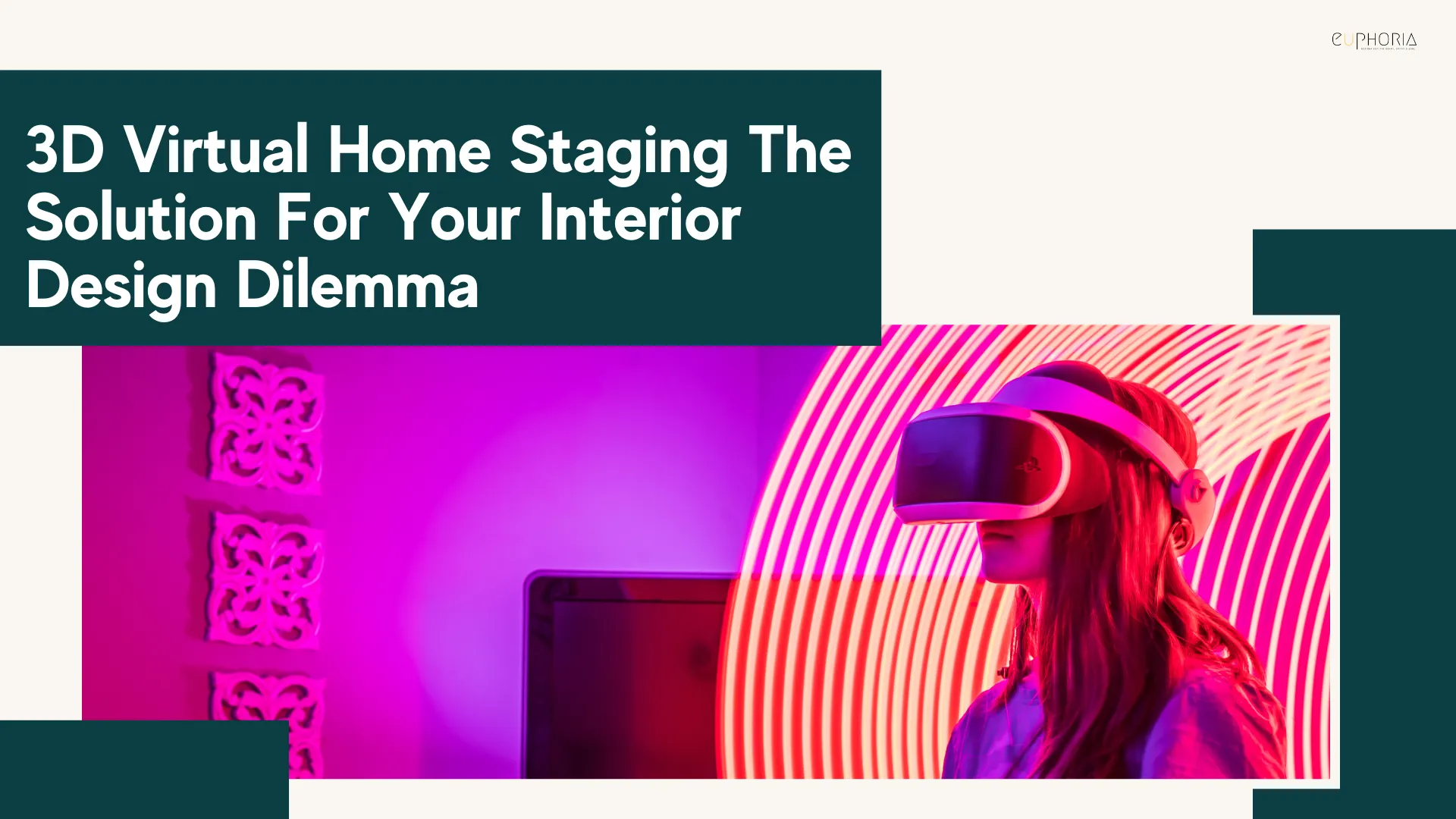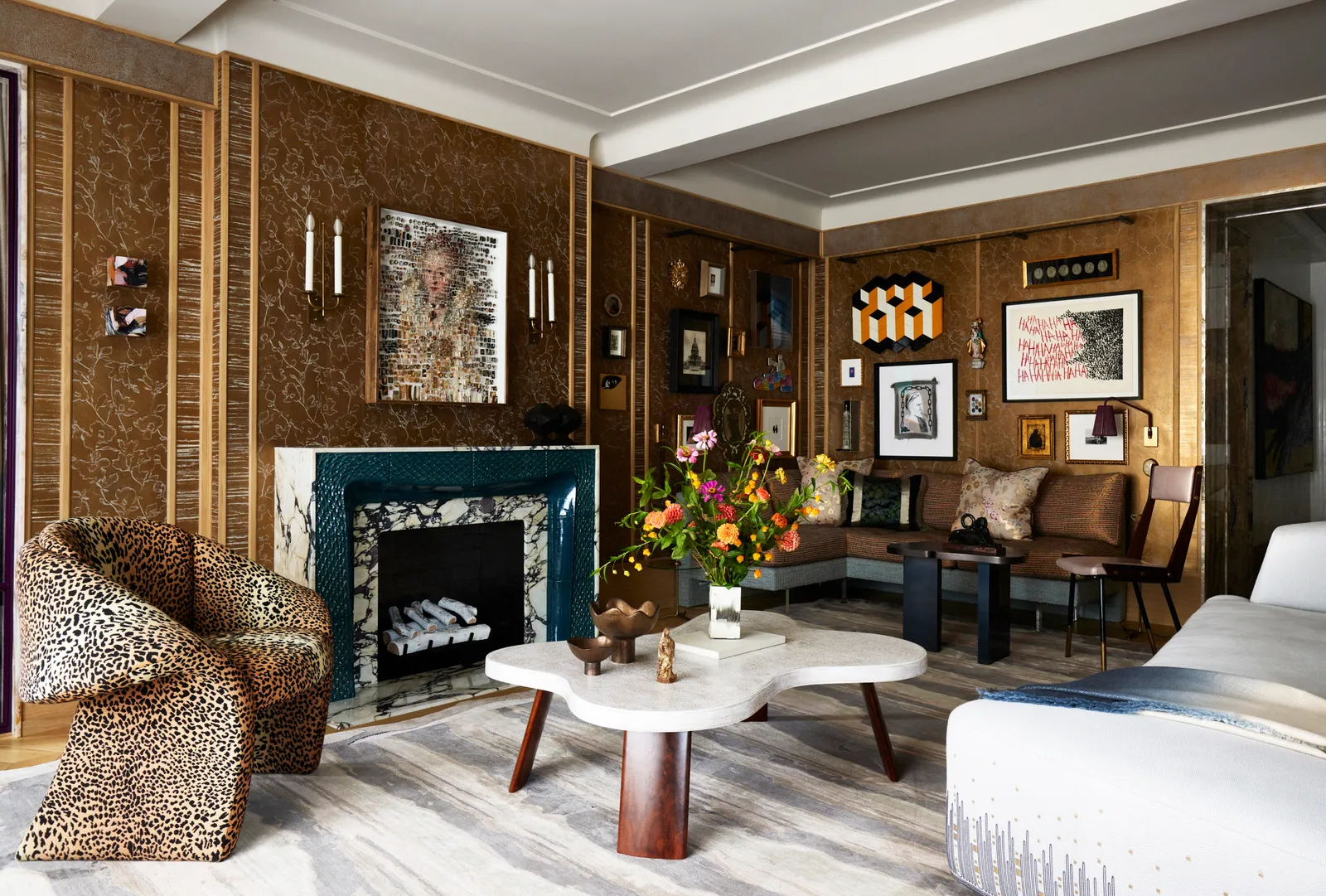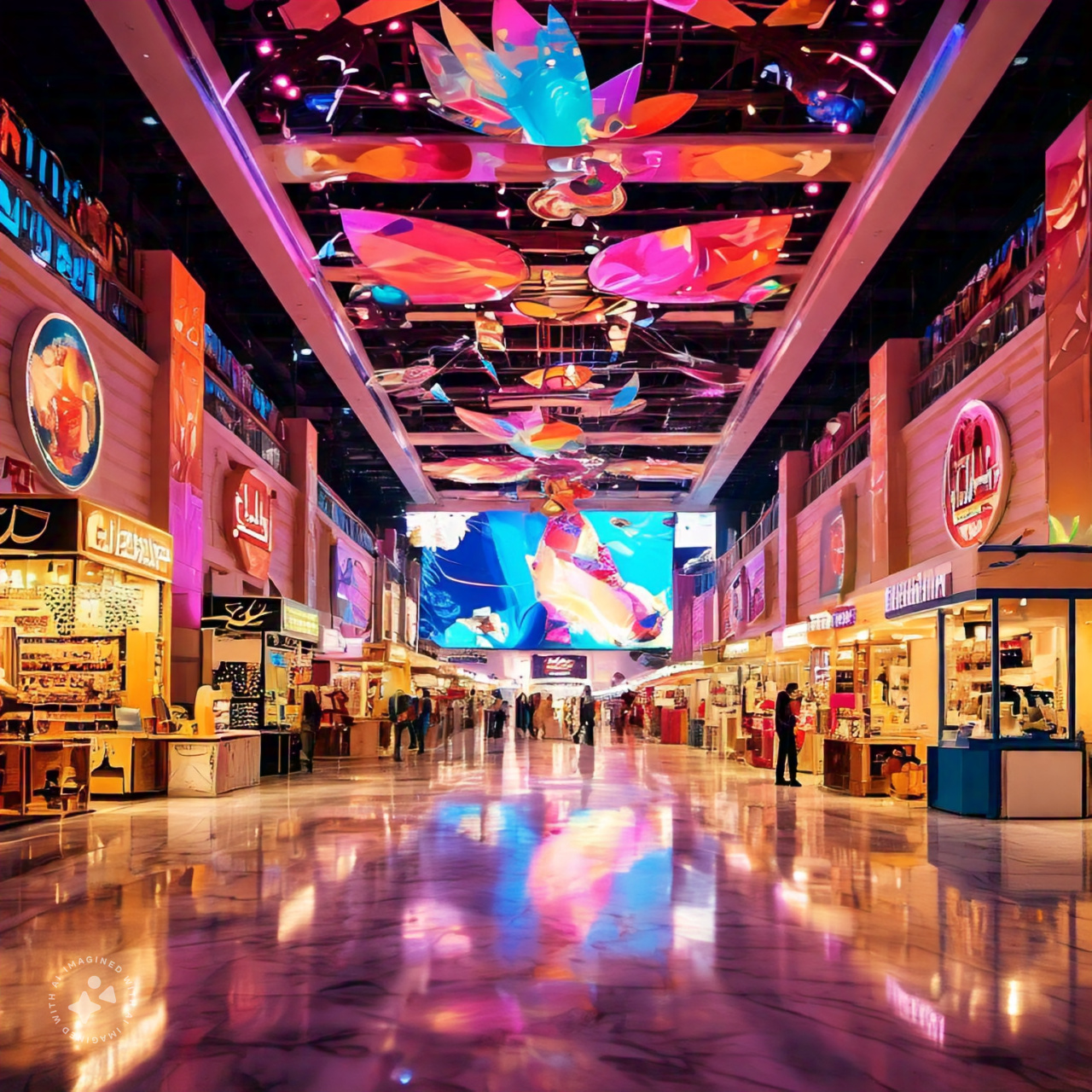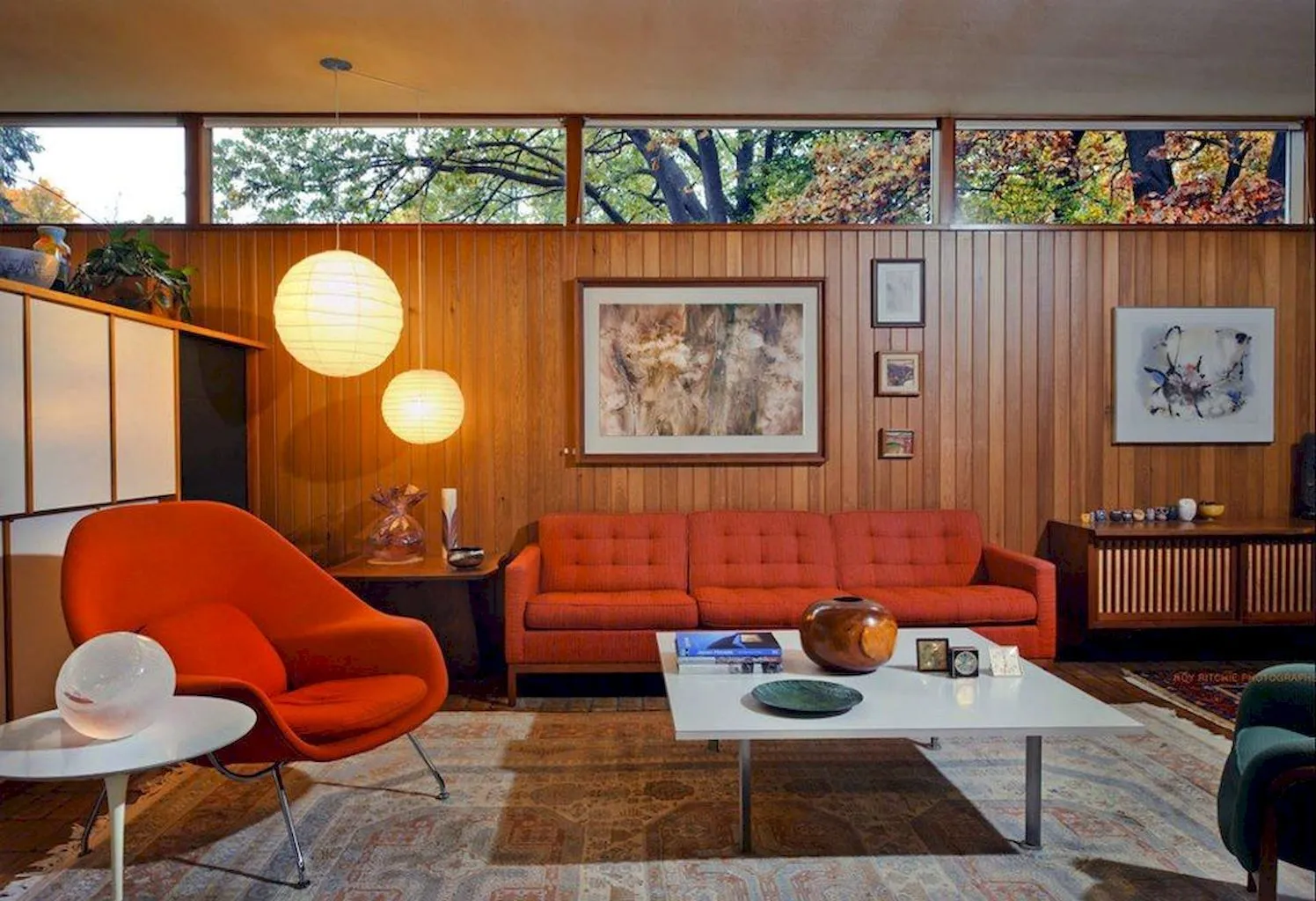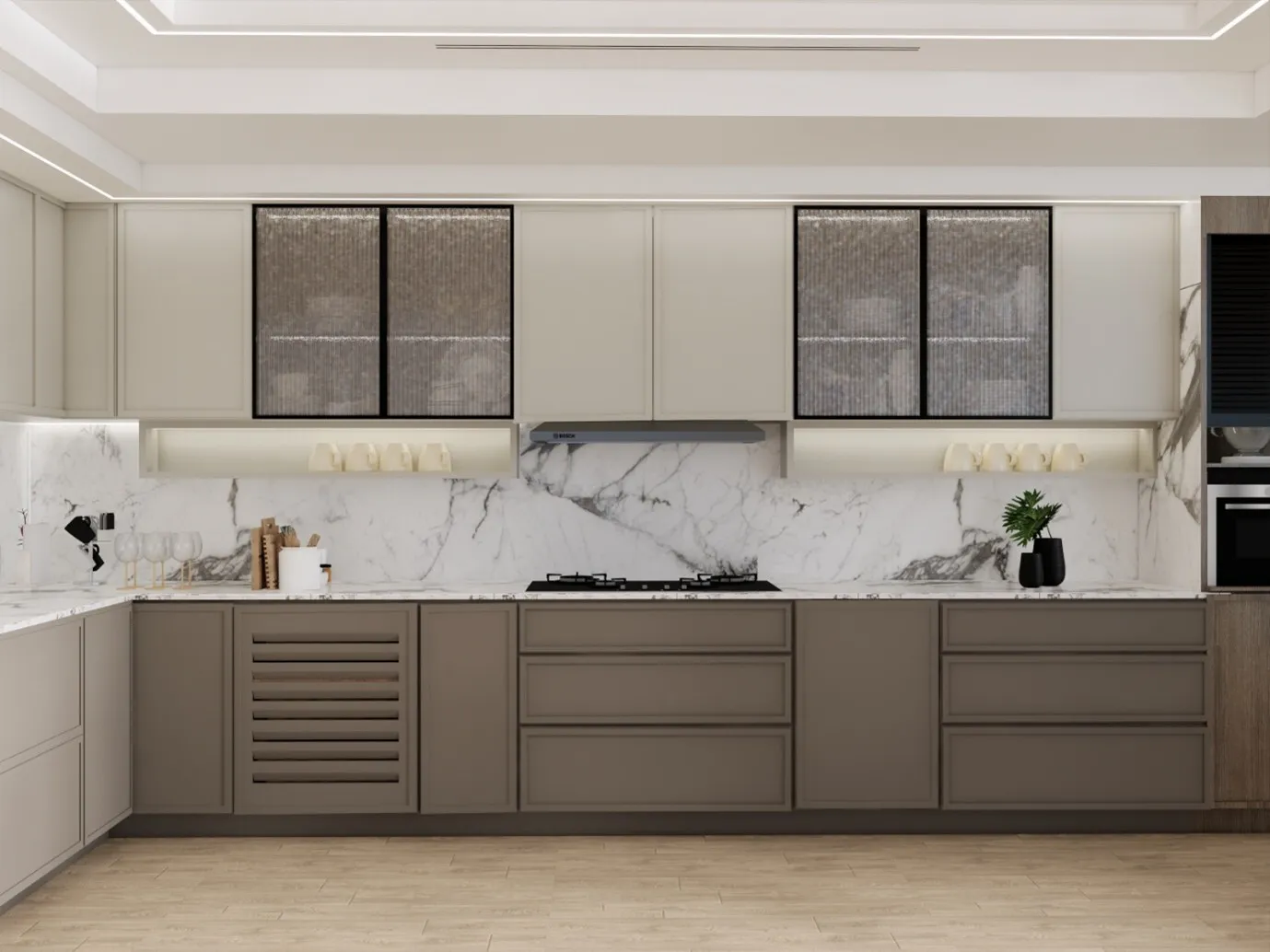Ever wished you could visualize living in a space that’s still empty or under renovation? This is a common challenge for buyers and real estate professionals alike. In today’s fast-paced world, imagining a home before it’s fully furnished can seem nearly impossible. But what if there was a way to virtually stage a home, making it look perfectly designed to fit your needs? Welcome to the world of 3D virtual home staging – an innovative solution that’s revolutionizing interior design.
As the real estate market continues to thrive, technology is playing a crucial role in creating immersive and visually stunning home designs. Virtual staging, powered by digital innovation, is becoming a must-have tool for real estate professionals. Leading international interior design companies are embracing this trend, using advanced 3D techniques to bring spaces to life. Let’s dive into the magic behind 3D virtual home staging and discover why it’s the go-to solution for selling properties in 2025.
1. Understanding the Concept of 3D Virtual Home Staging
What is 3D Virtual Home Staging?
In simple terms, 3D virtual home staging is the process of digitally furnishing and decorating a property using 3D rendering technology. Designers use high-quality software to create realistic images of the property with virtual furniture, artwork, and decor, tailored to the style and vision of the target buyer. Unlike traditional home staging, where physical furniture is moved into a home, 3D virtual staging takes place entirely in the digital realm. The result is an image that looks like the real thing, but it’s all created with precision and imagination on a computer screen.
Why is it Popular?
The real estate market is unique – it attracts a wide range of international buyers, investors, and tech-savvy residents. For many of these buyers, seeing the potential of a space through photographs can make or break a sale. 3D virtual staging offers a solution to this by providing incredibly realistic depictions of how a property can look once fully furnished, helping buyers connect with the space on an emotional level. The ability to showcase luxury properties virtually without physical staging costs is a huge selling point for developers and agents alike.
- 3D virtual staging provides realistic representations of luxury properties.
- It’s highly appealing to international and tech-savvy buyers.
- Virtual staging minimizes the need for costly, time-consuming physical staging.
2. Common Challenges Faced in Traditional Home Staging
High Costs of Traditional Staging
Traditional home staging comes with significant costs. From renting or buying furniture to paying for labor and logistics, the financial burden can be steep. These costs only rise when you factor in the expenses of maintaining the staged property, such as storage and transportation fees for the furniture.
Time-Consuming Setup
The setup process for traditional staging can take days or even weeks. You have to schedule time with moving companies, ensure the furniture fits, and coordinate with various teams to make sure everything is arranged perfectly. Once the staging is complete, you still have to manage the de-installation process once the property is sold or the listing expires.
Limited Flexibility and Customization
Traditional home staging also has its limitations in terms of flexibility. The designs are often static and not easily customizable to fit different buyer preferences. Changing the layout or swapping out furniture pieces for a different style is often costly and time-consuming, making it difficult to cater to diverse tastes.
- Traditional staging can be expensive and hard to manage.
- The setup and breakdown process is time-consuming.
- Customizing the design to suit different buyers can be challenging.
3. How 3D Virtual Home Staging Solves These Problems
Cost-Effectiveness
One of the most significant advantages of 3D virtual staging is its cost-efficiency. Since there’s no need to rent or buy physical furniture, the costs are significantly lower. All that’s required is a digital designer and advanced software. For real estate agents, developers, and sellers, this reduces overall expenses while still offering high-quality results.
Time Efficiency
Unlike traditional staging, which can take weeks, 3D virtual staging can be completed in a fraction of the time. The digital images can be ready in just a few days, sometimes even within hours. What’s more, the design can be modified in real time, allowing for quick tweaks and adjustments to meet the specific needs of the buyer or the agent.
Endless Customization and Flexibility
Virtual staging offers infinite customization options. Whether it’s a minimalist, contemporary look or a cozy, traditional style, virtual designers can tailor the space to match the preferences of potential buyers. And if you need to switch things up, you can easily modify the design or layout without having to worry about logistics or furniture constraints.
- 3D virtual staging is significantly cheaper than traditional methods.
- The design process is much faster, reducing the time to market.
- You can easily customize and update the design to appeal to different buyers.
4. 3D Virtual Home Staging Trends for 2025
Minimalistic and Modern Designs
In 2025, minimalistic and modern designs are leading the way in virtual home staging. Clean lines, neutral tones, and open spaces create a luxurious, inviting feel that appeals to international buyers. The real estate market is attracting people looking for contemporary, elegant homes, and virtual staging helps present these spaces in the best possible light.
Smart Home Integration
As technology continues to evolve, so does the concept of the “smart home.” Virtual staging now often includes smart appliances, home automation systems, and other tech features. Buyers are increasingly looking for homes with integrated smart technologies, and virtual staging allows sellers to highlight these features in their property listings.
Cultural Sensitivity in Virtual Staging
The market is a melting pot of cultures, and interior designs often need to balance luxury with comfort while respecting cultural nuances. In virtual staging, designers are mindful of the diverse population, ensuring that designs reflect cultural sensitivities and preferences. Whether it’s incorporating Middle Eastern design elements or creating spaces that appeal to Western sensibilities, 3D virtual staging allows for customization without compromising on style.
- Minimalistic designs are increasingly popular in real estate markets.
- Smart home features are becoming a key part of 3D virtual staging.
- Cultural sensitivity is essential in creating appealing virtual designs.
5. Top Tools and Platforms for 3D Virtual Home Staging
Advanced Software Solutions
Several advanced software platforms have revolutionized the way interior designers and real estate professionals approach virtual staging. Tools like Virtual Staging Solutions, RoOomy, and others provide user-friendly interfaces, enabling professionals to create stunning virtual designs quickly and efficiently.
Augmented Reality (AR) and Virtual Reality (VR) Enhancements
AR and VR are taking virtual staging to the next level. These technologies provide immersive experiences, allowing potential buyers to take virtual tours of properties and explore every room in detail. By integrating AR and VR into the marketing strategy, real estate professionals can offer interactive, engaging experiences that bring the property to life.
- Platforms like RoOomy and Virtual Staging Solutions are widely used.
- AR and VR technologies elevate the virtual staging experience.
- These platforms make virtual staging more accessible and interactive for buyers.
6. The Role of 3D Virtual Staging in the Sales Process
Impact on Property Listings
In a competitive market, properties need to stand out. 3D virtual staging helps enhance listings by showcasing properties in their best light. With beautifully staged digital images, real estate professionals can attract more attention, especially for vacant or under-renovation properties.
Engaging Remote Buyers
The market attracts buyers from around the world. Virtual staging allows real estate professionals to engage international buyers who may be located in countries like the UK, USA, or Asia. Virtual tours, interactive videos, and 3D images offer a comprehensive view of the property, even without a physical visit.
Building Emotional Connections
Virtual staging doesn’t just showcase a property; it creates an emotional connection. Through carefully curated virtual designs, potential buyers can envision themselves living in the space, which can be a powerful tool in the decision-making process.
- 3D virtual staging increases a property’s appeal in a crowded market.
- Virtual staging allows for seamless engagement with remote buyers.
- It helps create an emotional connection by showcasing the property’s potential.
7. Key Challenges and Solutions in 3D Virtual Home Staging
Lack of Realism
Sometimes, virtual staging can appear overly digital or artificial, which can be a turn-off for potential buyers. However, using high-quality rendering, realistic textures, and professional designers can ensure the virtual staging looks as realistic as possible.
Platform Limitations
Some 3D staging platforms may not offer the flexibility or design options that real estate professionals need. Using more advanced software or working with professional designers can help overcome these limitations and deliver the desired results.
Buyer Skepticism
Potential buyers may sometimes doubt the authenticity of virtual images, thinking they’re too perfect to be true. To overcome this, transparency in marketing is essential. Showing both virtual and real images of the property can help buyers feel more confident in what they’re seeing.
- Overcome realism issues by using high-quality rendering and textures.
- Use advanced software or professional help to get the best results.
- Be transparent in your marketing by showing both virtual and real images.
8. Expert Tips for Successful 3D Virtual Home Staging
Professional Design Assistance
Working with an experienced interior designer or virtual staging professional can make a huge difference in the quality of the virtual staging. Their expertise ensures that every detail is considered, and the design is tailored to appeal to the target market.
Tailoring the Design to the Target Market
Understanding the preferences and demographics of your target market is key to successful virtual staging. Whether you’re targeting young professionals, families, or international buyers, the design should resonate with their lifestyle and aspirations.
Creating a Cohesive Look Across Marketing Materials
Virtual staging should be consistent across all marketing materials, including digital listings, social media campaigns, and print advertisements. A cohesive look ensures that potential buyers experience a seamless visual journey.
- Hire professional designers for high-quality virtual staging.
- Tailor the design to meet the needs of your target buyer.
- Ensure your virtual staging is consistent across all marketing materials.
9. The Future of 3D Virtual Home Staging
Innovations on the Horizon
The future of 3D virtual staging is bright. Advancements in AI, machine learning, and VR technologies will further enhance the realism and interactivity of virtual designs. Expect even more photorealistic renderings and immersive experiences as technology evolves.
Long-term Benefits for Real Estate
In the long run, 3D virtual staging will become the standard for property marketing. With its cost-effectiveness, speed, and endless customization options, virtual staging will continue to shape the future of real estate marketing.
- AI, machine learning, and VR will drive innovation in virtual staging.
- Virtual staging will become a standard tool for real estate marketing.
- Expect increased use of photorealistic renderings and immersive experiences.
Conclusion
3D virtual home staging is revolutionizing the real estate market in 2025. It offers a cost-effective, time-efficient, and highly customizable solution for presenting properties to potential buyers. Real estate professionals who embrace this technology can stay ahead of the competition, attract global buyers, and ultimately sell properties faster. As virtual staging continues to evolve, we can expect to see even more advanced tools and techniques shaping the future of interior design. The future is digital, and it’s time to embrace it.
FAQs
What is 3D virtual staging?
3D virtual staging involves digitally furnishing and decorating a property using computer-generated images, offering a realistic view of how a space can look when fully designed.
Why is 3D virtual home staging popular?
The real estate market attracts international buyers and tech-savvy investors who appreciate the visual appeal and convenience of virtual staging to showcase properties.
How long does it take to create a 3D virtual stage?
The process typically takes a few days, depending on the complexity of the design and the software used. It’s much faster than traditional staging.
Can 3D virtual staging help with remote buyers?
Absolutely! Virtual staging, along with virtual tours, allows international buyers to explore properties and make informed decisions without being physically present.
